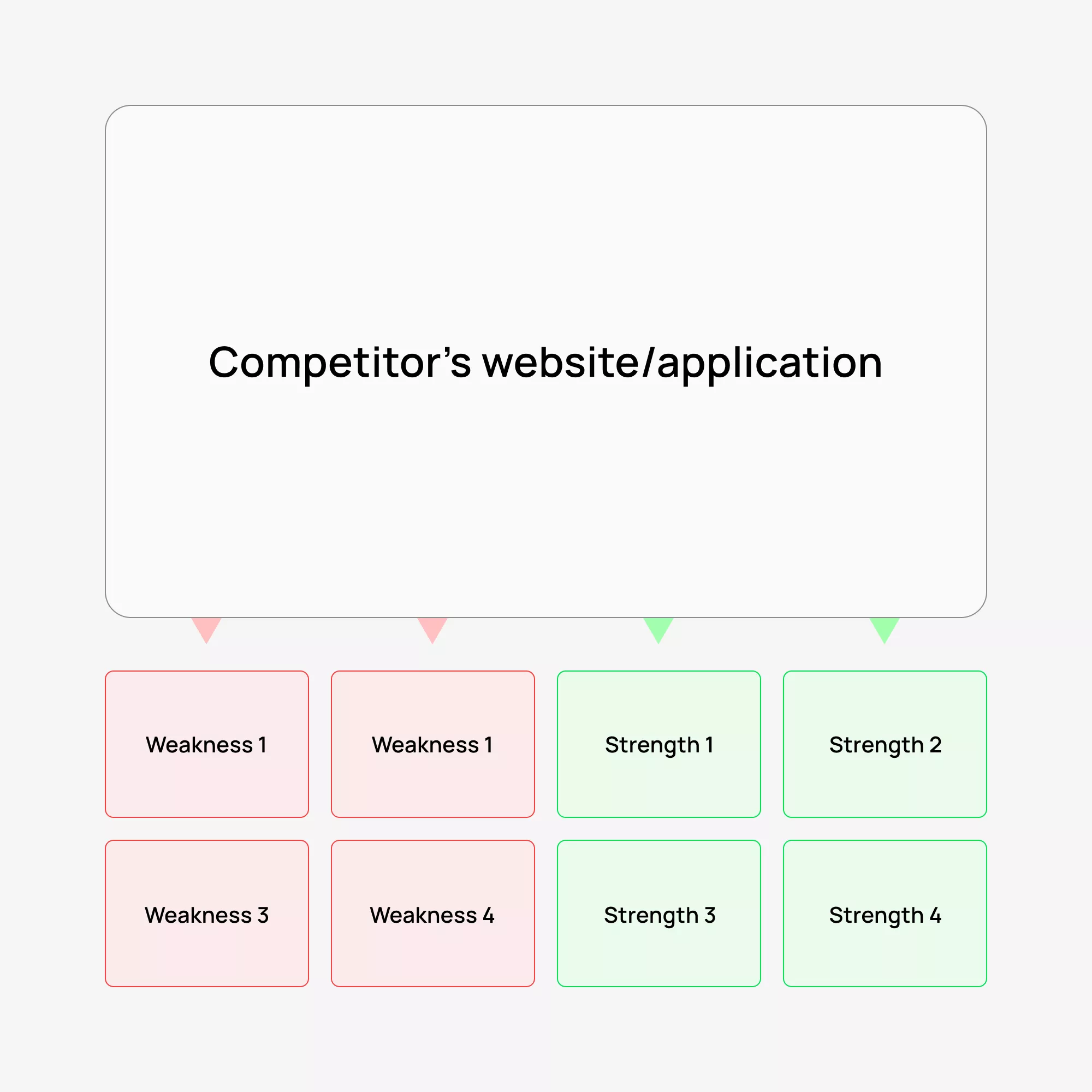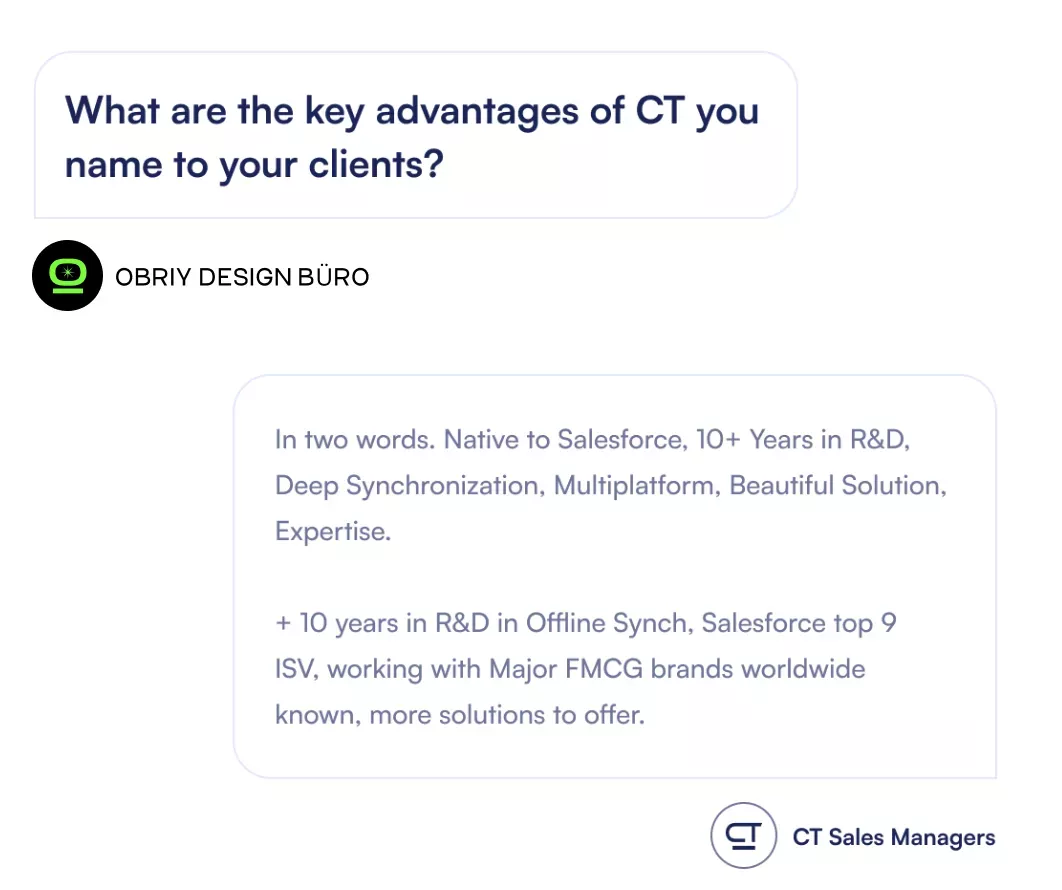Importance of Desk Research in the Creation of Websites and Applications
Before creating a website or application design, UX/UI designers turn to the insights offered by desk research. This preliminary step empowers design teams to craft digital experiences that meet business needs and user expectations and give important information for essential functionality.
Alex Seagull, CEO and Founder of Obriy Design Büro, explained the role of desk research in creating websites and applications and told how this process guides the Obriy Design Büro team toward creating exceptional design solutions.
What is Desk Research?
In common use, desk research encompasses various types of secondary research involving a review of available data on the Internet and research conducted by other researchers.
Designers also rely on info collected after desk research before starting work on a website or application. In UX/UI, this research method can also involve data and information from stakeholder involvement.
Here are the reasons why desk research is important:
- Uncovering user insights: research provides valuable insights into user preferences, behaviors, and requirements.
- Alignment with goals: it helps align design decisions with business objectives and user needs.
- Refinement and innovation: findings from research can enhance a website's or app's structure, functionality, content, and tone of voice and inspire innovative ideas.
- Staying competitive: research keeps you ahead of market trends, enabling the creation of competitive digital solutions.
A research-driven approach forms the foundation for exceptional, user-friendly, and competitive applications and interfaces.
How To Conduct Secondary Research Efficiently?
For more than five years in designing websites and applications, Obriy has developed an effective flow of desk research. However, the research process can differ from one designer to another. As you gain experience with this research method, you can adapt each step to make it more coherent to the way you work. There is an Obriy Design Büro step-by-step guide to hold desk research to help you in your endeavor.
1. Gathering information about the project from clients
This step is essential for understanding the client's goals, expectations, and requirements, informing the design process. Ask the client if they have any information about competitors, target audience, and industry benchmarks that could inform the design process.
2. Defining a Target Audience
Understanding the audience's needs is essential for ensuring that your website or application effectively meets the needs and preferences of the intended users.
In our Art de Vivre project, we shaped the target audience's needs to improve actual functionality and implemented a new one. The average reader of the Art de Vivre online magazine is intelligent, cultured individuals between the ages of 25 and 50 who possess a discerning taste for elegant living and have a global lifestyle. These individuals actively seek exclusive content that may not be readily accessible through mainstream publications. Referred to as the "Modern-day aristocracy" and "Old money," they epitomize a contemporary elite who appreciates the finer things in life.
A deep understanding of the target audience had a profound impact on the creation of the Art de Vivre project. By aligning the design and functionality with the preferences and behaviors of the readers, the platform can create a tailored and engaging experience that resonates with its intended users.
3. Competitor analysis
In Obriy, competitor analysis includes:
- Identifying direct and indirect competitors.
- Analyzing their websites or applications to uncover strengths and weaknesses in their design choices.
- Highlighting noteworthy features.
In the analysis flow depicted in the image, weaknesses in competitors' design solutions are represented by red cards, while green cards indicate strengths.
4. Visual Direction
Obriy designers suggest up to three visual directions based on the market insights and target audience. The client makes their choice, we clarify, and then proceed to the UI concept phase for alignment.
Extended Desk Research
Working on the Customertimes project, the Obriy team faced a challenge: the company has ten different applications, but users had trouble finding the right fit for their industry. In order to determine how to make it easier for the user to interact with the website, it was necessary to get information from the stakeholders that communicate directly with the applications' users.
Our solution: in-depth research involving interviews with key stakeholders like sales managers, product owners, designers, and Customer Times decision-makers.
Interviews yielded valuable insights and feedback, enhancing our understanding of the system. We restructured the layout, introduced new pages, and added a subscription section, along with clear explanations of how payment plans function. To further simplify the user experience, we introduced a "user cases" section, providing tailored program recommendations for specific professions.
Conclusion
Desk research is an essential step in creating websites and mobile/web applications, ensuring that your design solution will meet the needs and demands of the business. By neglecting this crucial process, you risk creating solutions that are out of touch with the business's target audience, lack alignment with business goals, and fail to deliver the desired results.
The opinions of the authors of the guest post may not coincide with the position of the editors and specialists of Netpeak Agencies Group.
Related Articles
Display Advertising Effectiveness Analysis: A Comprehensive Approach to Measuring Its Impact
In this article, I will explain why you shouldn’t underestimate display advertising and how to analyze its impact using Google Analytics 4
Generative Engine Optimization: What Businesses Get From Ranking in SearchGPT
Companies that master SearchGPT SEO and generative engine optimization will capture high-intent traffic from users seeking direct, authoritative answers
From Generic to Iconic: 100 Statistics on Amazon Marketing for Fashion Brands
While traditional fashion retailers were still figuring out e-commerce, one company quietly revolutionized how U.S. consumers shop for everything from workout gear to wedding dresses





